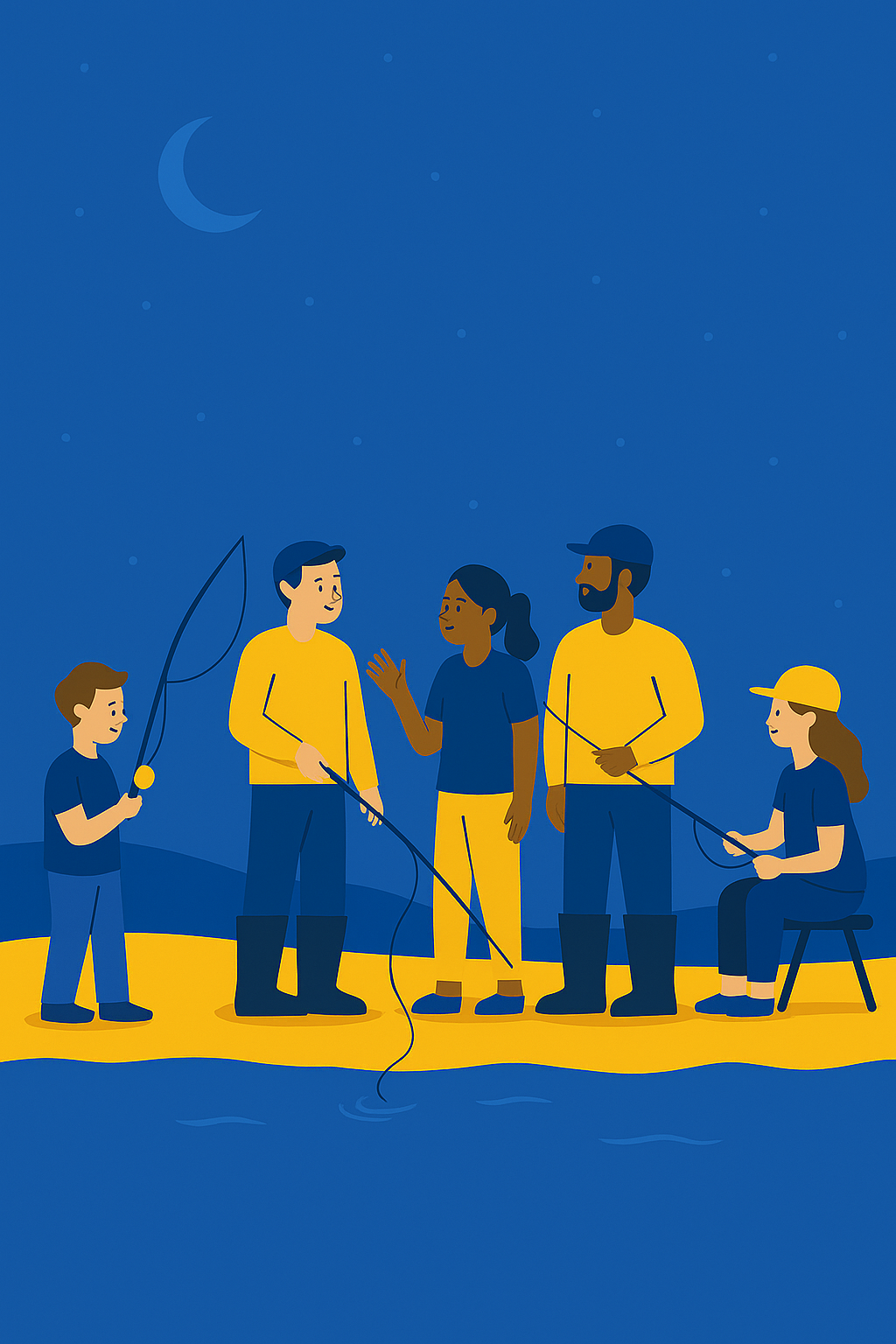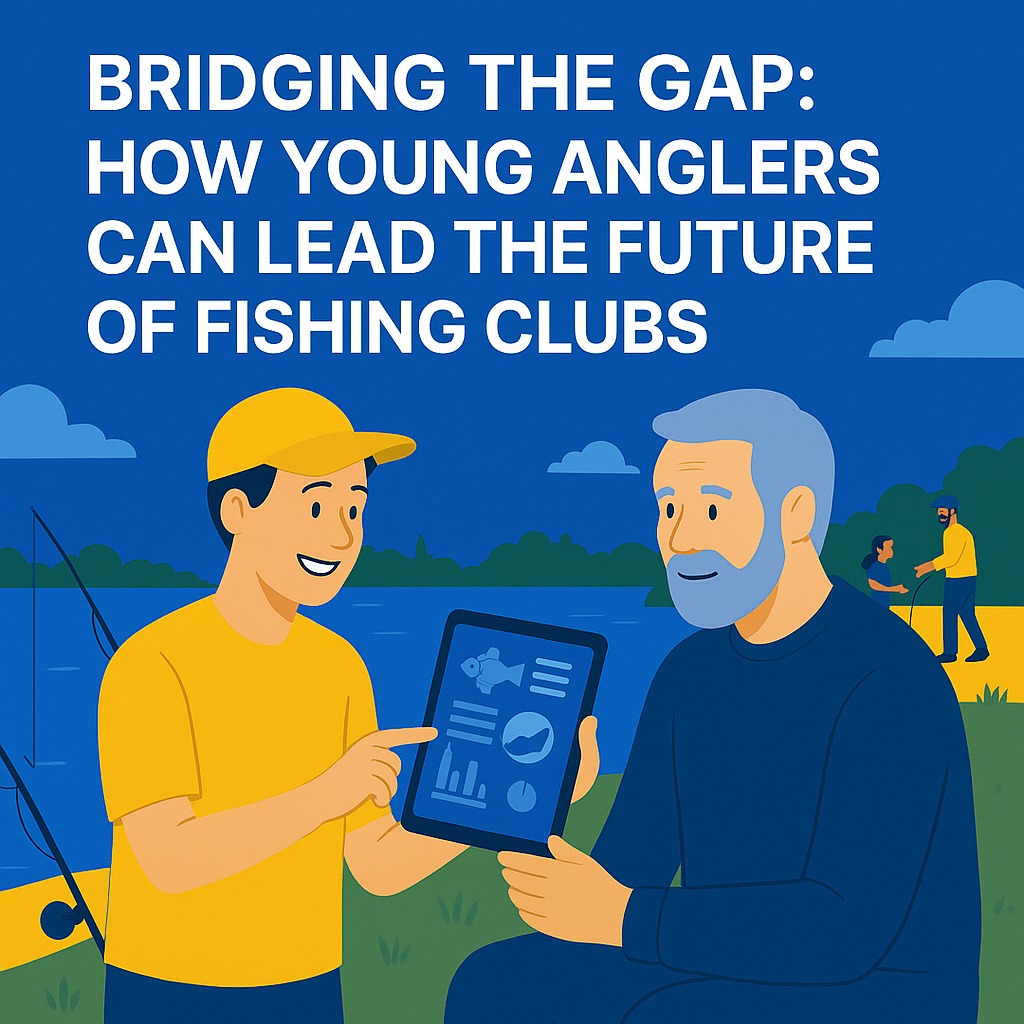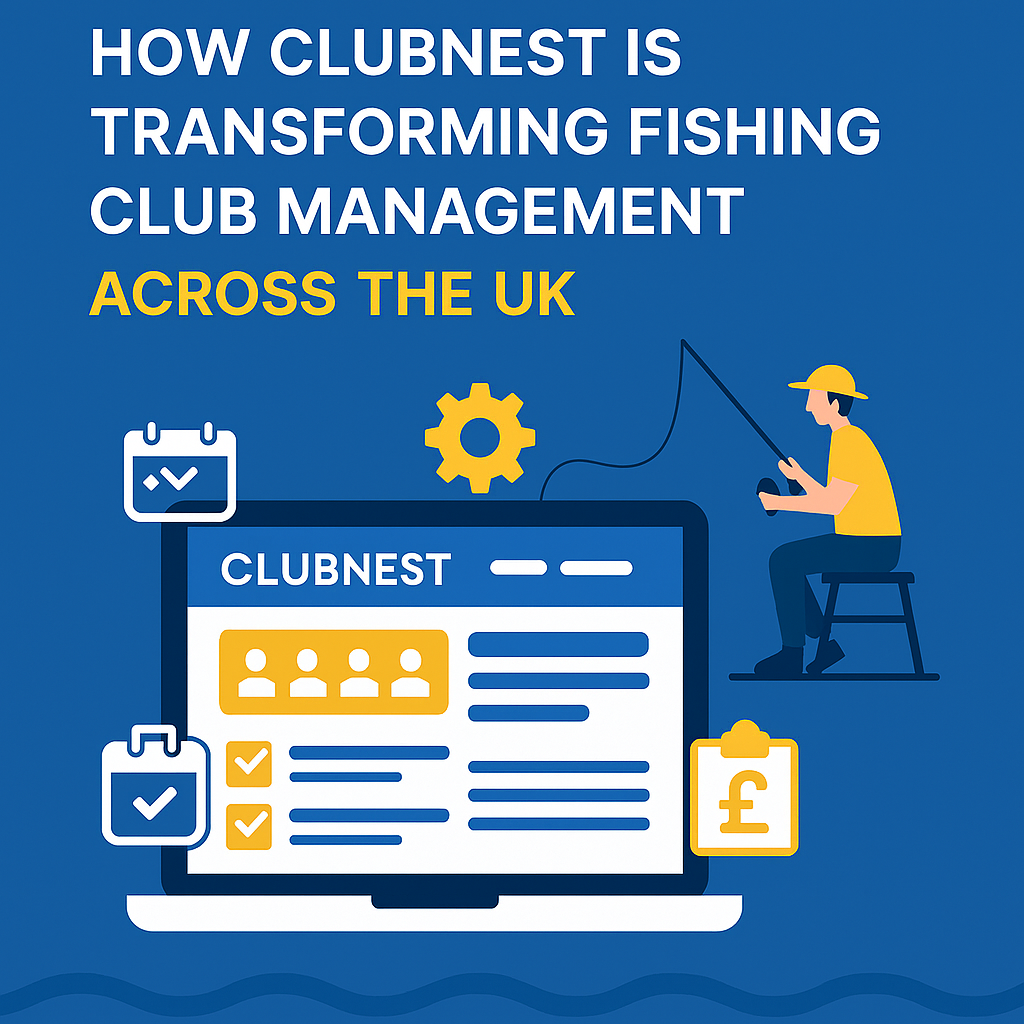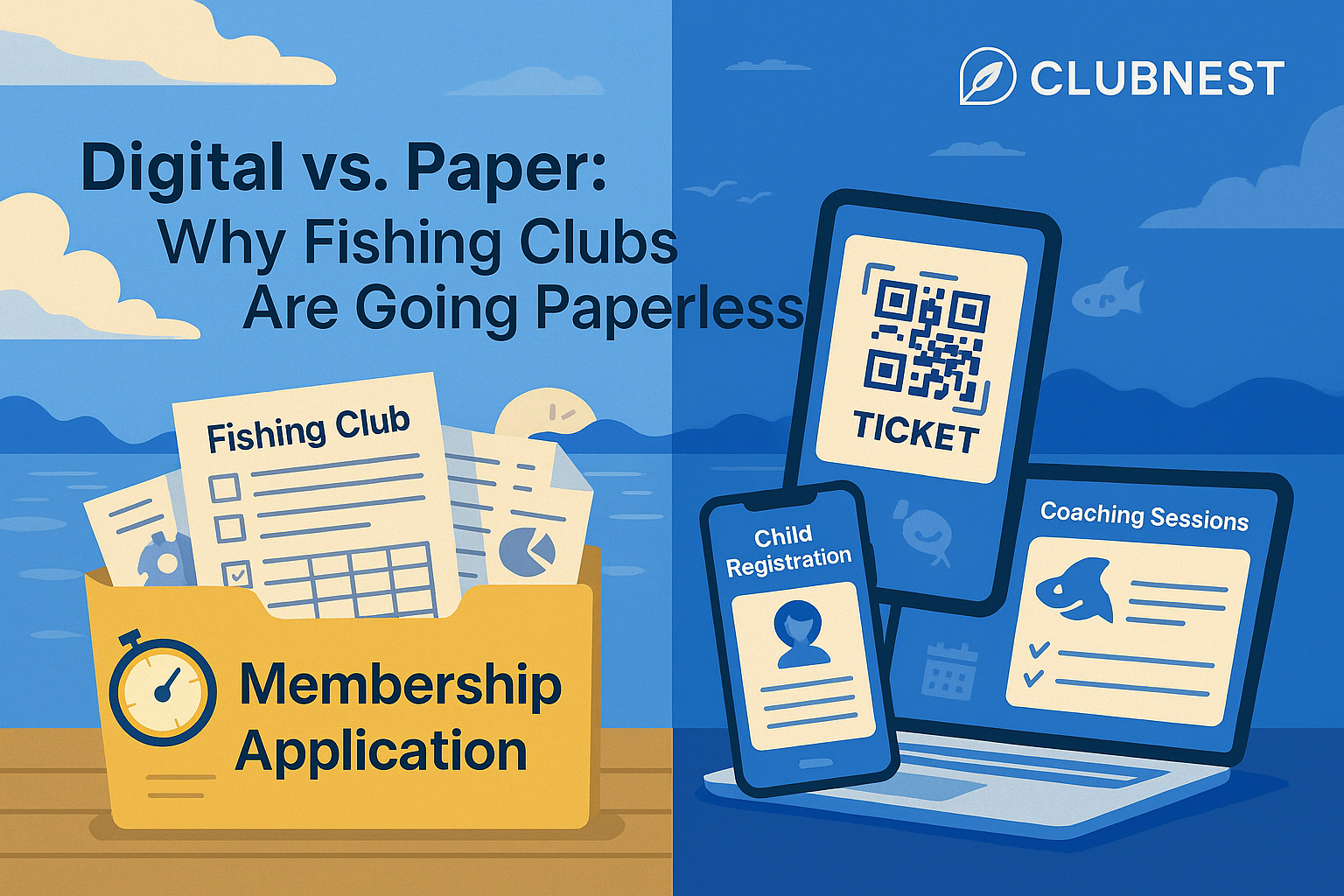The Power of Community in Grassroots Angling Clubs

Intro: Reeling in Connection
Grassroots angling clubs are more than just a place to fish—they’re the beating heart of local communities across the UK. Whether nestled beside a peaceful lake or lined along the banks of a canal, these clubs are where lifelong friendships are forged, skills are passed down through generations, and mental wellbeing is nurtured. In an era dominated by digital communication and rapid change, the power of in-person community has never been more valuable—or more at risk. This post explores how these grassroots clubs have stood the test of time, why they still matter, and how Clubnest is helping to modernise them without losing their heart.
1. A Brief History of Angling Clubs in the UK
The roots of angling clubs stretch back to the 19th century, with formal organisations emerging as fishing became a popular recreational activity. Originally structured around exclusive river access and elite memberships, the scene shifted in the post-war era toward inclusivity and youth development. By the 1980s, community-based clubs had sprung up in towns and villages, driven by volunteers passionate about introducing youngsters and locals to the joys of angling.
Today, these clubs vary in size and structure but share a common goal: making angling accessible, sustainable, and community-led.
2. The Social Fabric of Grassroots Angling
Friendship and Belonging
Fishing is often seen as a solitary activity, but club life tells a different story. Local clubs host regular matches, coaching sessions, clean-up days, and social nights that bring people together from all walks of life. Whether it’s a retired carp angler sharing advice with a teenager or a parent-child duo learning together, these connections strengthen communities.
Mental Health Benefits
Grassroots angling clubs have quietly become mental health havens. The calming nature of water, coupled with social support, helps reduce anxiety and depression. Clubnest supports clubs that host mental health-focused sessions like “Fishing for Wellbeing,” ensuring organisers can easily track attendees, collect feedback, and schedule events digitally.
Tackling Loneliness
With loneliness on the rise in the UK, especially among older men, local angling clubs are a powerful antidote. The simple routine of showing up at a club match or chat on the bankside can be enough to give someone a sense of purpose and belonging.
3. Mentorship and Generational Skill Sharing
Junior Angling Pathways
Many clubs have junior sections that introduce children to fishing in a safe, fun, and structured way. These sessions aren't just about catching fish—they’re about learning respect for nature, patience, discipline, and teamwork. Often led by volunteers, these coaching programs are essential to the sport's future.
The Value of Experience
Older members play a key role in passing down angling techniques that aren’t found on YouTube. From whip fishing to float-making, these generational skills are kept alive through one-on-one mentorship.
With Clubnest, coaches and club admins can track junior progress, note attendance, manage parent communication, and schedule sessions all from one place.
4. Community Events and Engagement
Grassroots clubs excel at community outreach. Open days, charity fundraisers, and environmental clean-ups all foster local pride and visibility. However, managing attendance, marketing, and follow-ups for these events can be time-consuming.
This is where Clubnest steps in—offering streamlined tools for event registration, email/SMS communication, and even ticketing for fundraising events.
5. Conservation and Environmental Stewardship
Grassroots clubs are often the first line of defence when it comes to protecting UK waterways. They report pollution, engage with the Environment Agency, and even run habitat restoration projects. Their deep connection to the local environment makes them trusted stewards.
Using Clubnest, clubs can log water quality issues, track club-led conservation efforts, and report incidents centrally to ensure timely follow-up.

6. The Role of Digital Transformation
While rooted in tradition, many grassroots clubs are embracing modern tools. But digital adoption can be slow due to tech hesitancy or lack of resources.
Clubnest bridges this gap with:
-
An intuitive dashboard designed for non-tech users
-
Mobile-friendly management tools
-
Secure member data handling
-
Social media integration
-
QR-code based event check-ins
7. Funding and Sustainability
One of the biggest threats to grassroots clubs is financial uncertainty. Membership fees, donations, and local council support are the lifelines—but they’re fragile.
Clubnest provides payment gateways for fees and events, donation tracking, and automated reminders—helping clubs stay afloat without chasing payments or losing member renewals.
8. Strengthening Local Identity
Each club represents more than a hobby—it reflects the identity of its region. Whether it’s a club that fishes the canals of the Midlands or a sea angling group in Cornwall, these organisations preserve local culture and heritage.
With customisable branding, subdomains, and location-aware features, Clubnest helps clubs maintain a strong, unique online presence—without needing a dedicated web developer.
9. Challenges Facing Grassroots Clubs in 2025
While the community is strong, challenges persist:
-
An aging volunteer base
-
Lack of digital infrastructure
-
Difficulty attracting and retaining juniors
-
Rising operational costs
-
Bureaucratic hurdles for events or access rights
Grassroots clubs need modern tools that don’t overwhelm their teams—and that’s where Clubnest’s simple, centralised platform proves invaluable.
10. Building the Future—Together
Grassroots clubs are here to stay, but they need support—technologically, financially, and socially. With the right tools, they can thrive without losing their soul.
Clubnest is more than a platform—it’s a partner. We believe the community is the heartbeat of angling, and everything we build is with that spirit in mind.
Final Thoughts
From young juniors casting for the first time, to seasoned anglers volunteering their time, to communities rallying around clean-up days—grassroots angling clubs show us what community really means.
And as long as these clubs exist, the future of fishing in the UK is in good hands.


